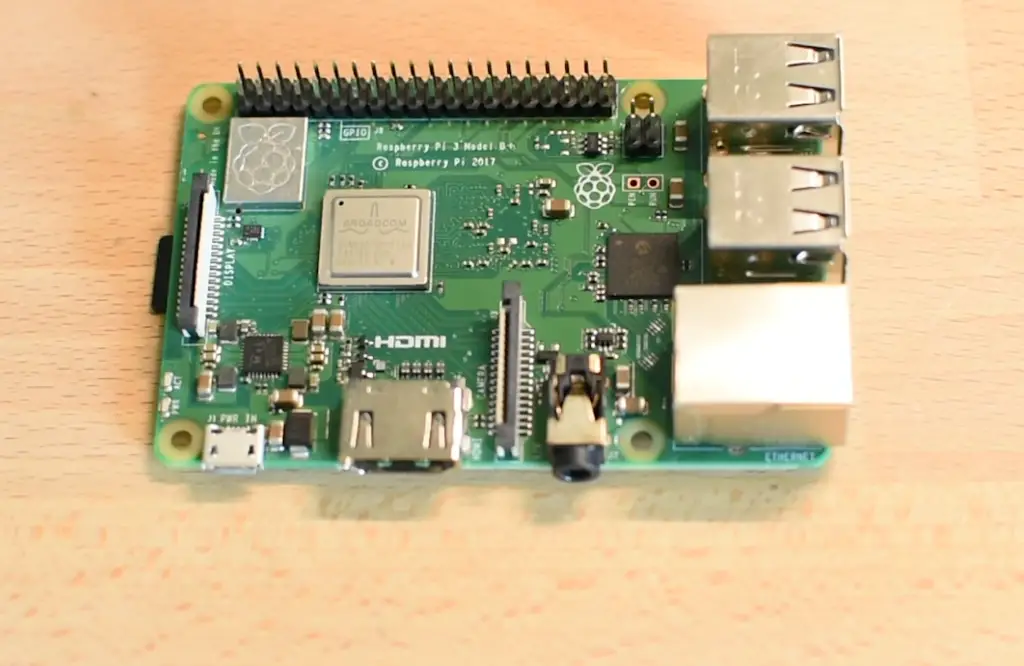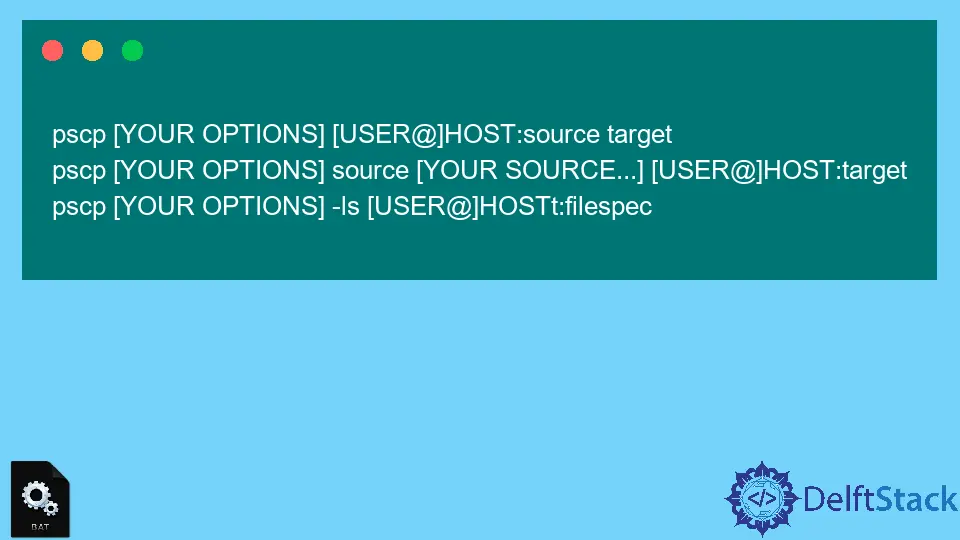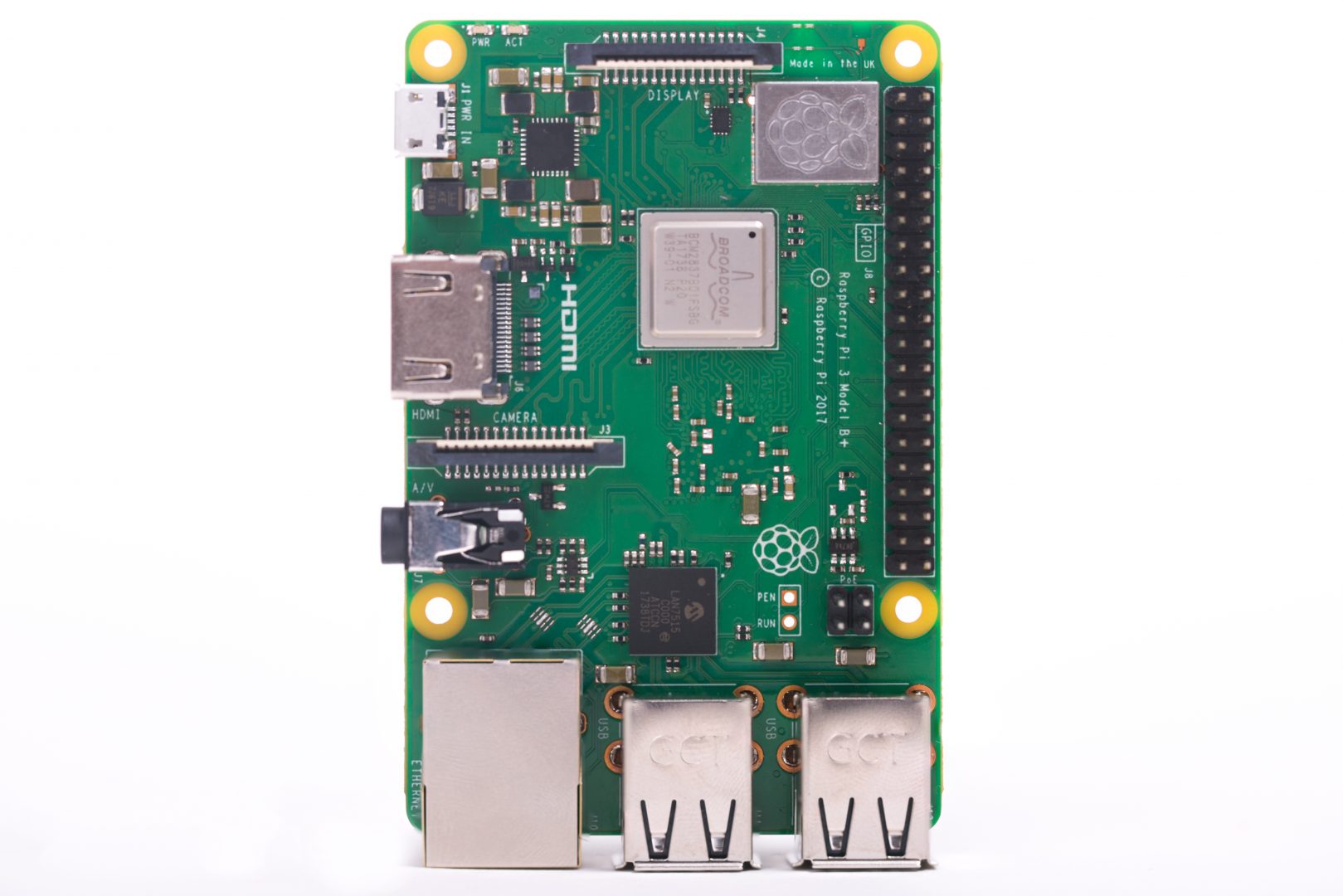Master Raspberry Pi Batch Jobs Over Internet: A Guide
Can you imagine a world where you could command your technology from anywhere, at any time? Running Raspberry Pi batch jobs over the internet offers precisely that, unlocking a realm of possibilities for automation, monitoring, and control, all from the palm of your hand.
The concept itself might sound complex, but the reality is surprisingly accessible. A Raspberry Pi, that pocket-sized computer marvel, becomes a powerful tool when combined with the ability to execute tasks remotely. This isn't just a cool tech term; it's a practical skill that can significantly enhance your productivity, whether you're a hobbyist tinkering with home automation, a developer managing remote servers, or a professional overseeing a network of devices.
Consider the possibilities. You could schedule data backups, monitor sensor readings, or even control your home's lighting system, all without physically being present. You might be in another city, or even another country, but your Raspberry Pi, connected to the internet, remains at your command. This remote access is achieved through a variety of methods, with the Secure Shell (SSH) protocol being a common and secure choice. It's essentially a secure way to "dial in" to your Raspberry Pi and issue commands as if you were sitting right in front of it.
Let's explore the core concepts, practical applications, and advanced techniques to master the art of remote Raspberry Pi batch jobs.
At the heart of this capability lies the ability to execute "batch jobs." These are pre-defined tasks, scripts, or programs that the Raspberry Pi runs automatically, usually without requiring any user interaction. They are designed to run unattended, performing their designated functions in the background. This is where the true power of automation comes into play. The ability to schedule these jobs allows you to control when these tasks run, allowing for precise control and management. This also means they run when you want, not just when you happen to be available.
For more complex scheduling needs, and for handling large-scale jobs, there are also more advanced tools. Slurm is a good example, that is designed for managing high-performance computing tasks. You can use Slurm to define how many processors and nodes are required, how much memory your jobs need, or even for how long they can run. This gives you powerful options to ensure your work is carried out efficiently.
One of the most common and effective methods for scheduling jobs on a Raspberry Pi is using cron jobs. The cron daemon is a background process that runs on the Raspberry Pi, constantly checking the crontab file for scheduled tasks. This file contains instructions for the daemon, detailing when and how these jobs should run. Cron jobs allow for precise control of the execution, making it ideal for a wide range of tasks, from simple system maintenance to complex data processing.
The beauty of cron jobs is their simplicity. Once you've added a job to the crontab file, the cron daemon takes care of the rest. This means you can set it and forget it, knowing your tasks will be executed automatically according to your schedule. It's a set-it-and-forget-it approach that frees up your time and energy for other tasks.
To illustrate the utility of this, imagine you need to automate backing up the files on a USB drive connected to your Raspberry Pi. You can write a script that copies the contents of the drive to a safe location. Then, using cron, you can schedule this script to run every day at 3:00 AM. You won't need to take manual action; your data is backed up automatically.
The principles of running remote batch jobs can be applied to a wide array of scenarios. For example, consider the scenario of a Raspberry Pi acting as a home server. You could schedule regular backups of your data to a remote server, update your server's software, or monitor system resources, all remotely.
The applications extend further. With the growing popularity of the Internet of Things (IoT), Raspberry Pis are often used to manage and control connected devices. With the ability to remotely run batch jobs, you can update device firmware, collect data from sensors, and send alerts, all from a single point of access. Your devices are always updated, the data is always coming in, and you can manage everything effortlessly.
To get started, one of the essential things to have in place is a secure way to connect to your Raspberry Pi. Secure Shell (SSH) is one of the most straightforward ways to do this, and is generally a good choice because of its security.
After setting up SSH, you can log in to the Raspberry Pi from any device connected to the internet. Once you're in, you can execute commands, manage files, and execute scripts, all as if you were physically in front of the device. This opens up the doors to limitless opportunities for remote management and automation.
To be more precise, running a remote batch job on a Raspberry Pi means running a script or program on the Raspberry Pi computer that's located in a separate place to where you are. Typically, this is done using a network connection like SSH, allowing you to control the Raspberry Pi's command line from a distance.
The process of establishing a remote connection to your Raspberry Pi usually starts with configuring your home network. This might involve setting up port forwarding on your router, to allow incoming SSH connections to the Raspberry Pi. Once this is established, you can use SSH clients on your computer or smartphone to securely connect to the Pi. This can be done from anywhere that has an internet connection, providing access to the Raspberry Pi from almost anywhere in the world.
After you've configured SSH access to your Raspberry Pi, you can start experimenting with different commands and scripts. You can use the command line to schedule tasks, manage files, and run other commands. You can also upload and run any program that can be installed on your Raspberry Pi. The possibilities are really only limited by the capabilities of your Raspberry Pi itself.
Here's how you can set up a basic cron job, which will execute a command on your Raspberry Pi at a specific time. First, open the crontab file using the command `crontab -e`. This will open the crontab file in a text editor, where you can add new jobs.
Cron jobs are expressed using a special syntax: minute hour day_of_month month day_of_week command. For example, to run a script called `my_script.sh` every day at 3:00 AM, you would add the following line to your crontab file: `0 3 /home/pi/my_script.sh` This sets the minutes to 0 (meaning the start of the hour), the hour to 3 (3:00 AM), and the other fields to '' (meaning "any"). Be sure to replace `/home/pi/my_script.sh` with the full path to your script.
After saving the crontab file, the cron daemon will automatically start executing your job at the specified time. You can verify that your job is running by checking the log files on your Raspberry Pi. In addition, you should consider the permissions that your script will have, depending on the user it is running under.
Cron is an incredibly versatile tool for scheduling tasks, and with a little effort, you can automate your tasks. Understanding the basics of cron is an important skill for anyone looking to manage and automate processes. The key is to clearly specify the time and command, and the cron daemon will handle the execution for you.
As an example, many users want to set up a Raspberry Pi as a seedbox and network-attached storage (NAS) device. In such a scenario, the Pi downloads files to an external hard drive connected via USB. A batch job can be created to move completed downloads from the hard drive to another external drive for long-term storage or media organization. The schedule for the moving can be adjusted, such as once a week. This is all easily performed through a cron job.
Let's say that you've set up your Raspberry Pi as a seedbox, and you need to move the completed downloads to a different hard drive. You'd write a script to accomplish this. This script might use tools like `rsync` or `mv` to transfer the files. Once you have your script, you would then schedule it using a cron job. This ensures that your downloads are automatically managed, and you can easily move them.
There is no need to manually check for completed downloads. A cron job can automate this process, and ensure your files are organized. The best part is you can accomplish this automatically without needing to physically interact with the Raspberry Pi.
Another application of the concept is related to the Internet of Things (IoT). You can use the Raspberry Pi to collect data from sensors. It's simple. The Raspberry Pi gathers the sensor data, and a script processes the data. A cron job would schedule the script. The results would then be transmitted to a remote server.
This setup enables you to monitor and record data from multiple sensors, with everything being done automatically. This data can then be used for various purposes such as environmental monitoring, and this data can then be stored for further analysis. The remote batch job automates the process of collecting and processing sensor data, streamlining the process.
Now, let's consider a more advanced application, where you have a "fleet" of Raspberry Pi devices that you need to manage remotely. A centralized system can be set up to allow you to update software, or configure the devices. This can be accomplished by writing a script that performs the update or configuration tasks. Using a cron job, you can schedule this script to run on all of your devices.
This setup makes sure that all of the devices stay up to date. It also minimizes the need for manual intervention. You can handle tasks for all your devices from a single location. You can control and manage several Raspberry Pis in an efficient manner. This is very important for anyone managing a network of devices.
There are a lot of tools, such as Ansible, that are useful in managing multiple devices. But, even using simple shell scripts run through cron, you can get a good level of remote management capability. You can also use software to help you manage and monitor your devices.
When working with remote batch jobs, it's critical to address security concerns. SSH is a secure protocol, but proper configuration is essential. This includes changing the default SSH port, and disabling password-based authentication in favor of using SSH keys. In addition, it is important to regularly update your Raspberry Pi's software. This ensures that any security vulnerabilities are patched.
When setting up cron jobs, be careful about the permissions and rights. Cron jobs are run with the same permissions as the user who created them. Thus, the jobs must have all the rights needed to perform their tasks. This could involve providing the correct file paths and using appropriate credentials, when the job needs to access external resources.
As you delve into the world of remote Raspberry Pi batch jobs, keep an eye out for common pitfalls. Ensure the script has correct file paths. Make sure there are no errors in your scripts. Thoroughly test your scripts before scheduling them with cron, and always check your logs to make sure things are running as expected. Testing is important!
To wrap things up, running Raspberry Pi batch jobs over the internet is an essential skill for developers and tech enthusiasts. It's a tool that lets you automate processes, manage remote servers, and build IoT applications. By using the concepts and practices in this guide, you will be able to unlock the full potential of your device.
The ability to execute complex scripts, monitor systems, and even manage IoT devices without being physically present is a powerful concept. With the right setup and a little imagination, you can harness the power of remote batch jobs to streamline your workflow, enhance your productivity, and take your Raspberry Pi projects to the next level.


